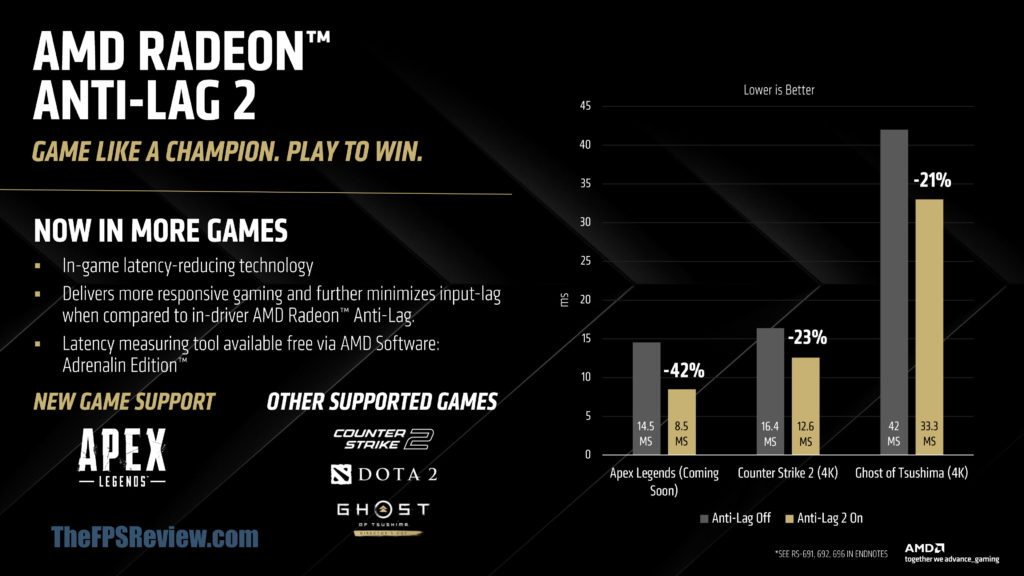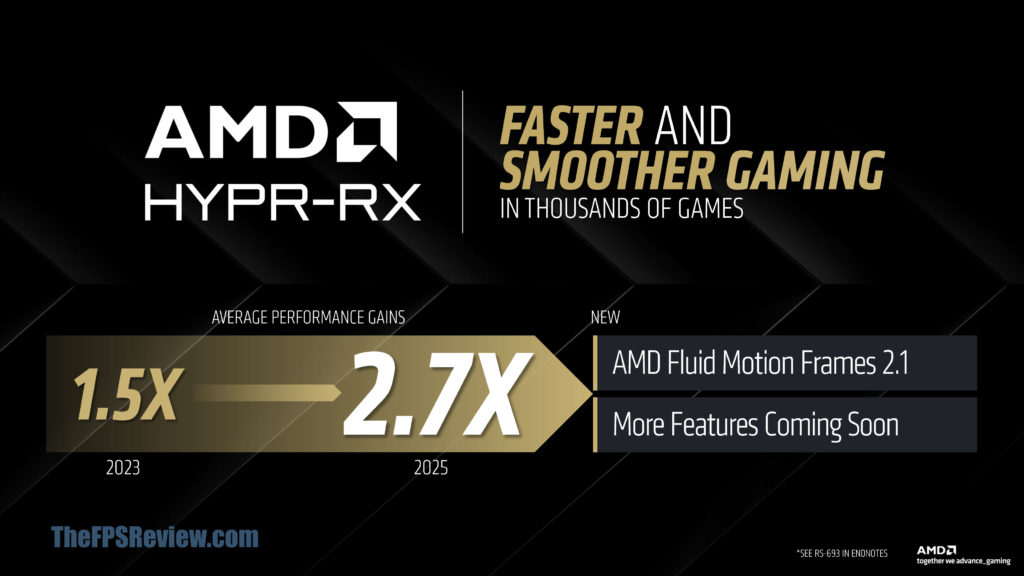FSR 4 Information
On this page, let’s dive into the FSR 4 information AMD has provided. We will post the full slide deck below, with some commentary from us.
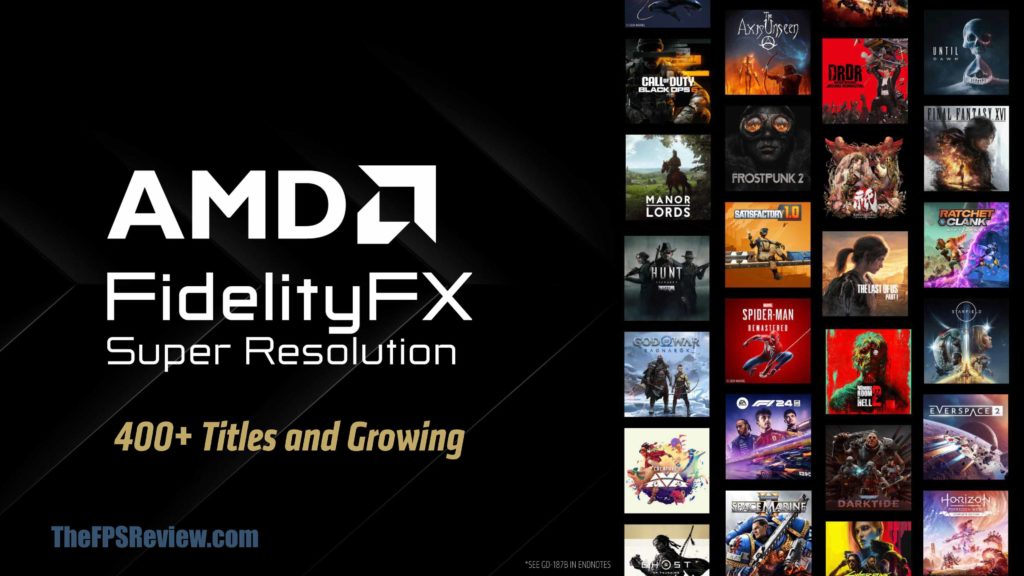
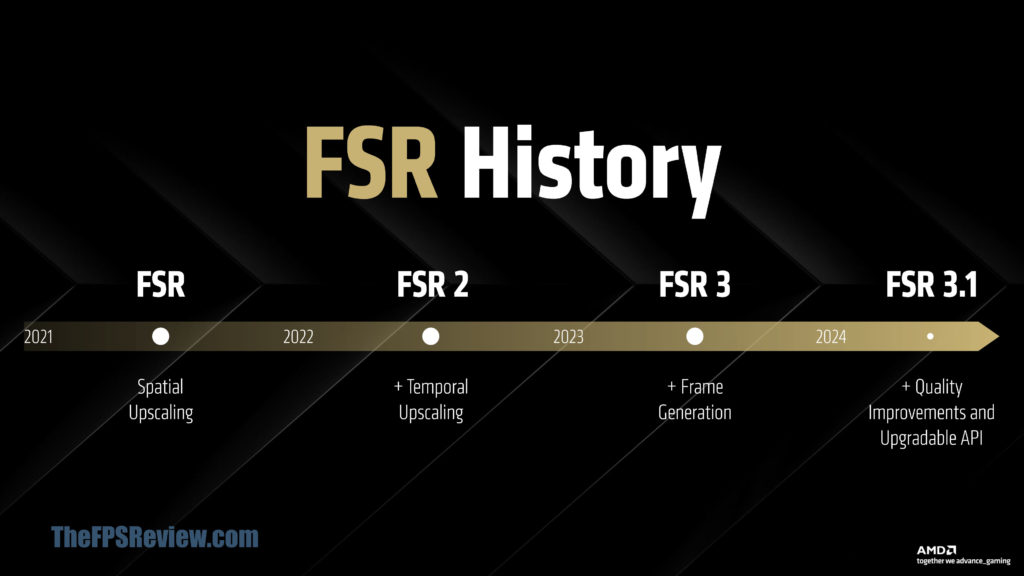
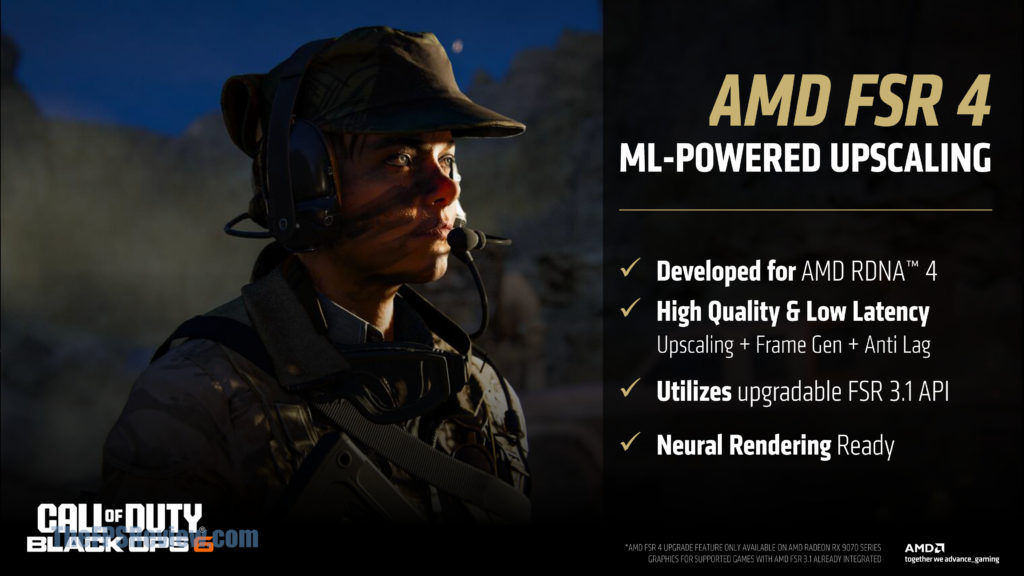

FSR, or AMD FidelityFX Super Resolution, began in 2021 as a spatial upscaler only, in this more primitive form, it was able to be very compatible with many GPUs but also really lacked in image quality. Thankfully in 2022 FSR 2 came along, and this is really where it made its mark, introducing a Temporal Upscaler component to the Spatial one. Then, in 2023, Frame Generation was added to the FSR suite with FSR 3, though the image quality component for the Upscaler did not receive an update. That was until 2024, when FSR 3.1 came along and improved image quality and introduced the upgradeable API nature of it. However, one of FSR 3.1’s problems has been game support.
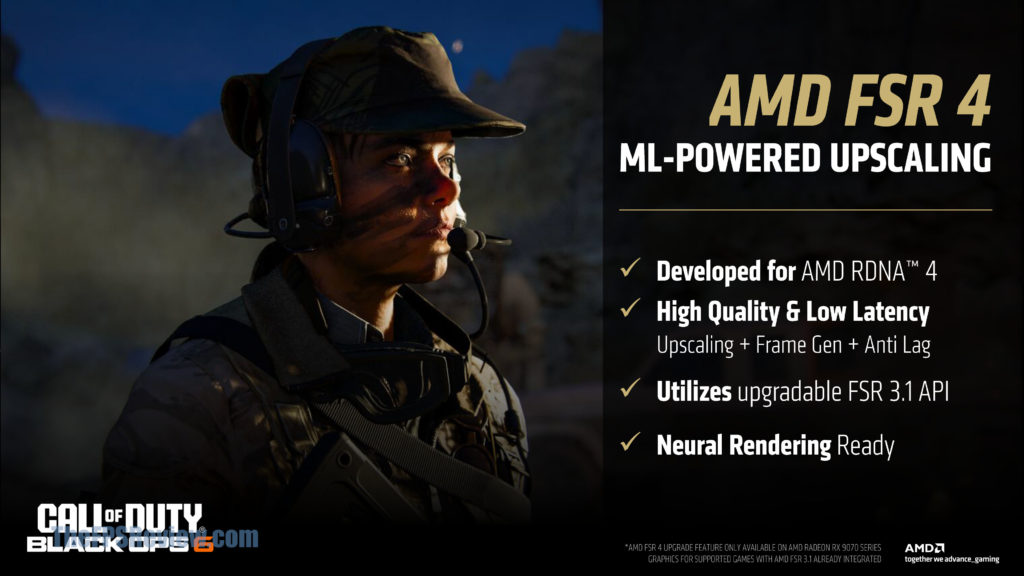
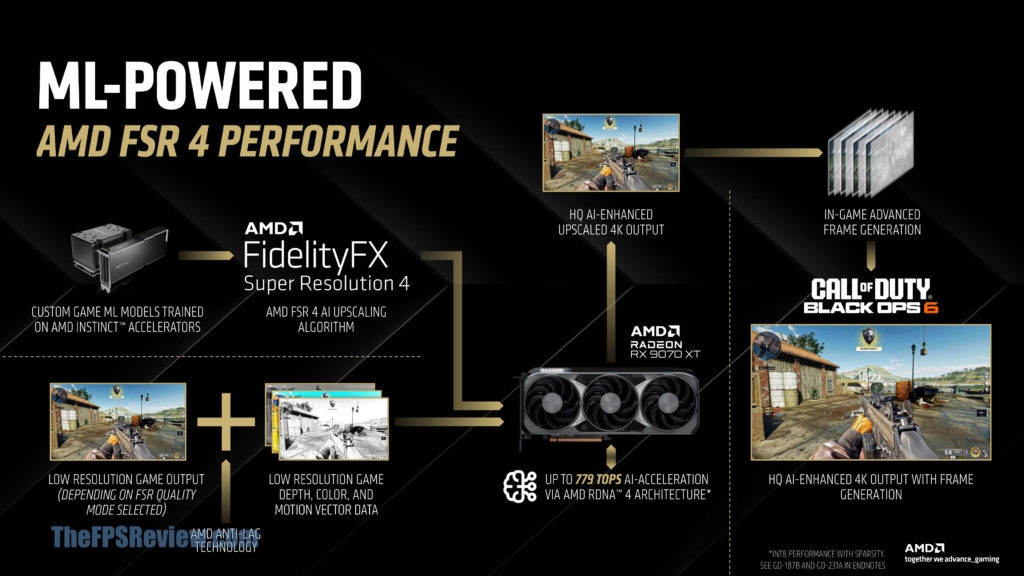
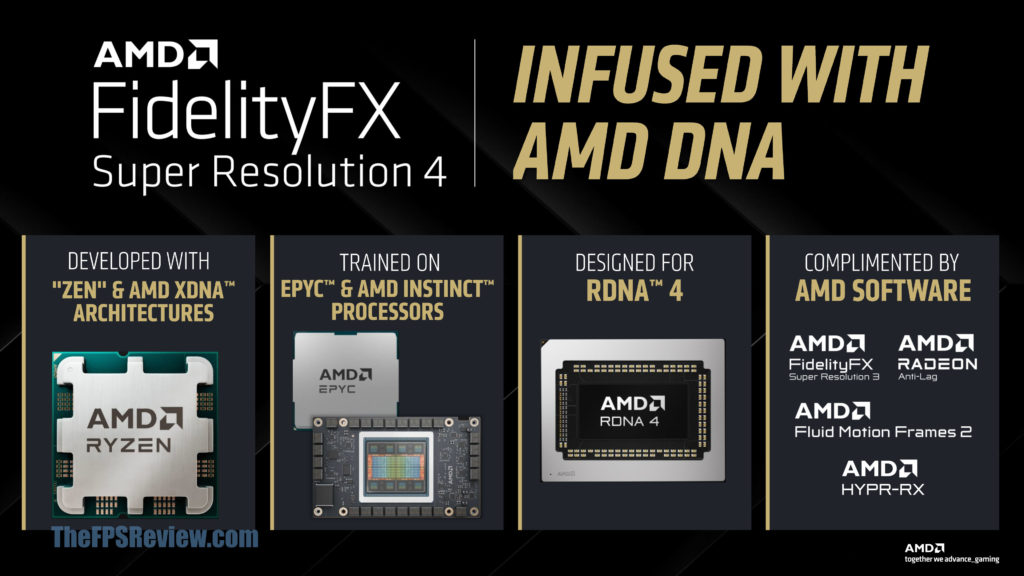
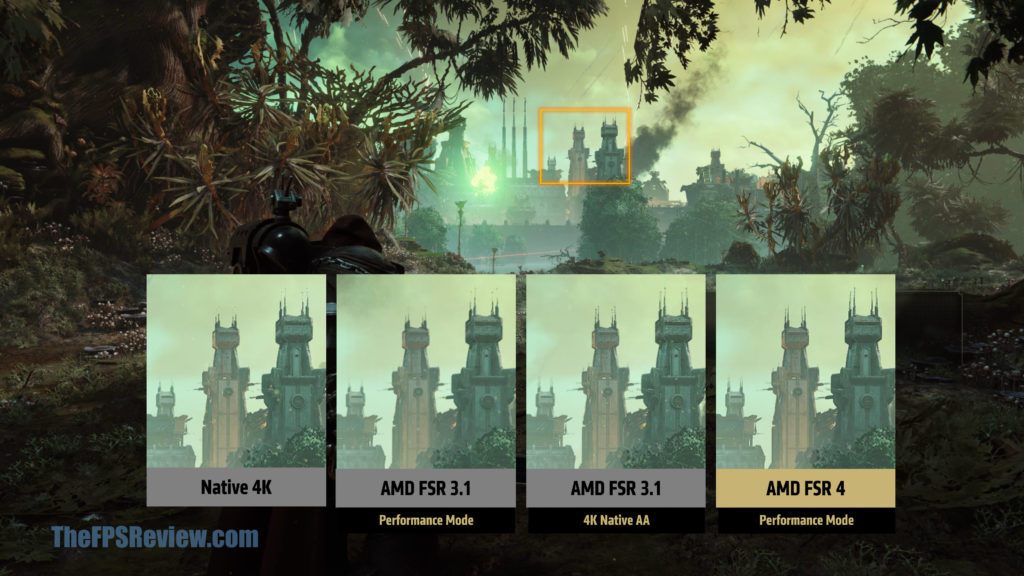
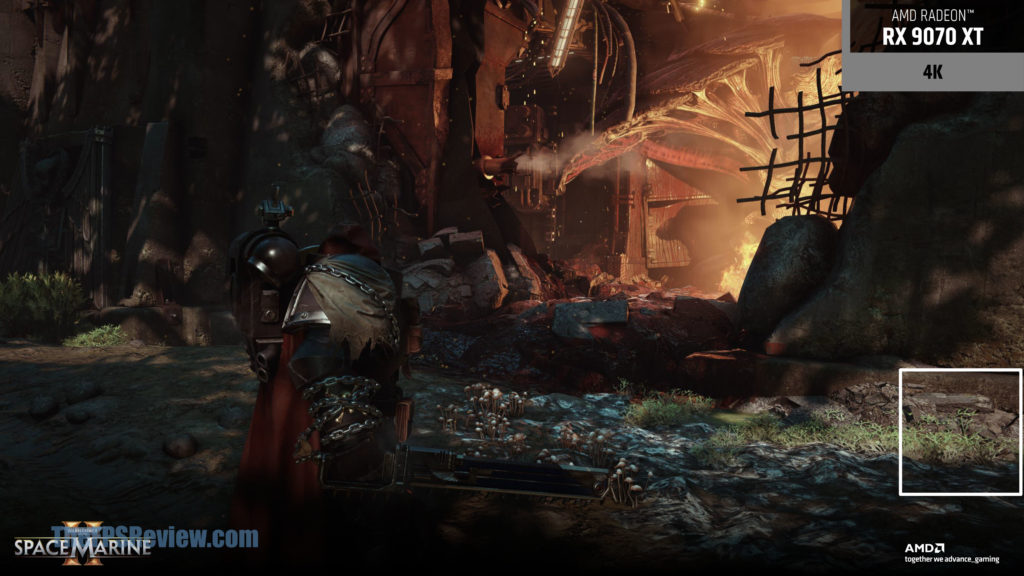
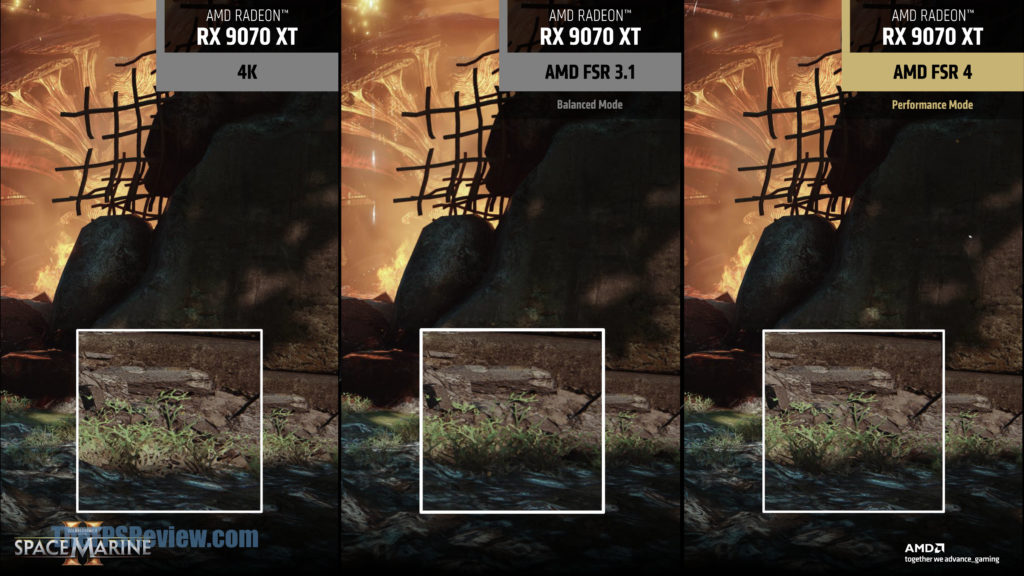
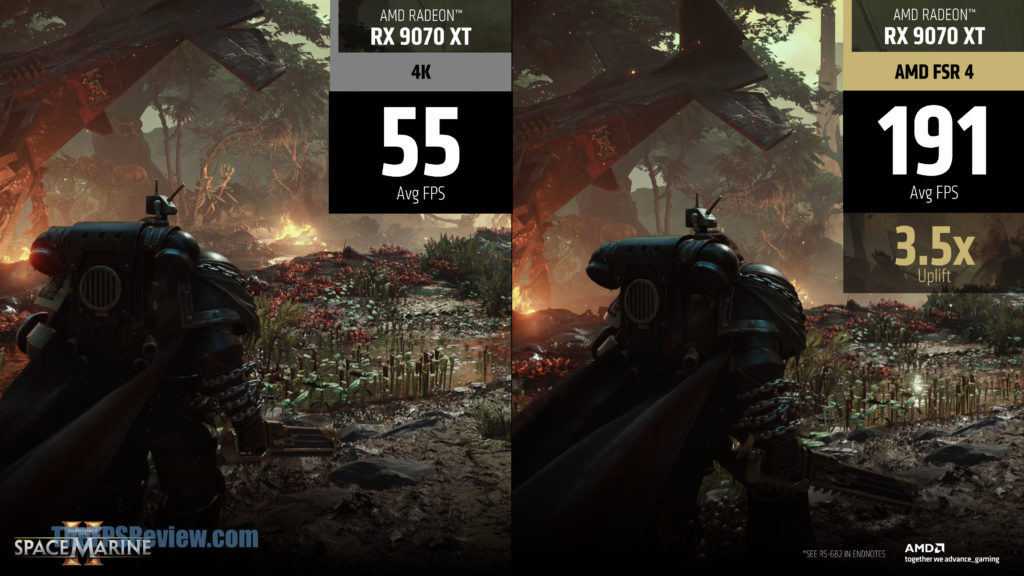
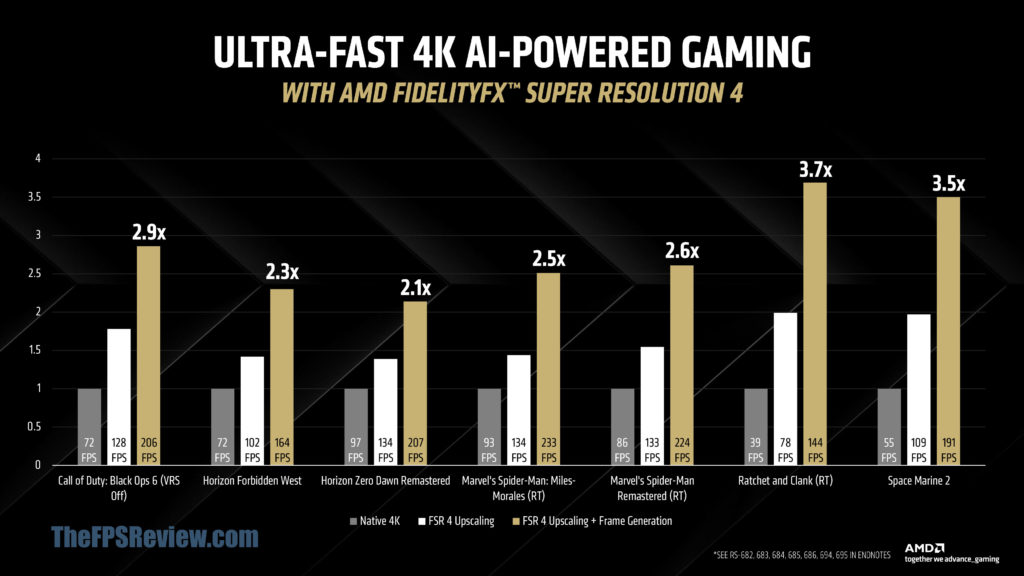
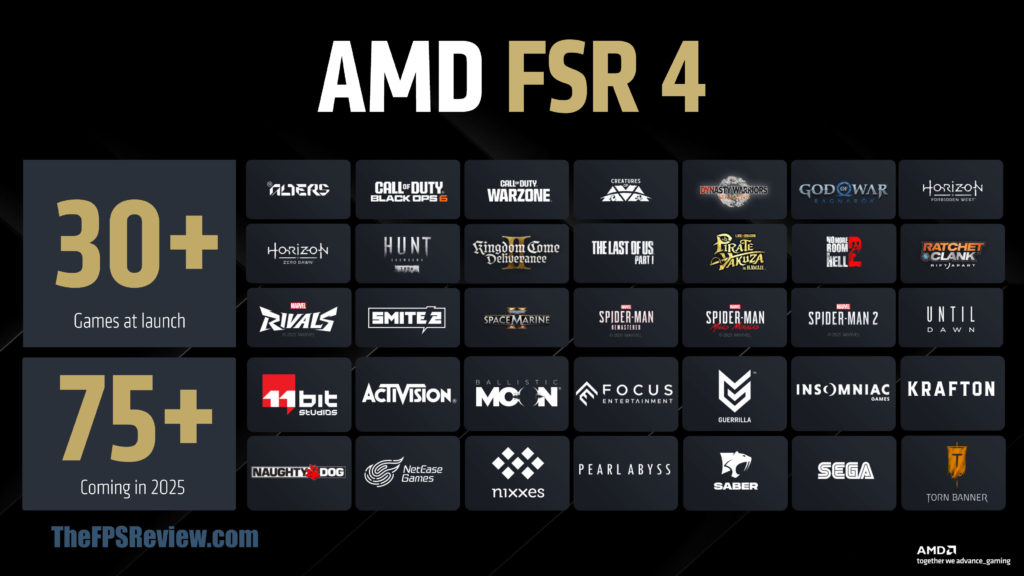
Being introduced alongside the AMD Radeon RX 9070 series is AMD FSR 4, which finally brings ML-Powered Upscaling to the series. Now, this was developed alongside RDNA 4, and hence right now, it works for it, it is not guaranteed to come to previous generations, it could happen, it may not happen, we just don’t know that future, but for right now, Radeon RX 9000 series GPUs only.
How this works is that it all starts with AMD Instinct Accelerators training custom game ML Models, which get fed into the AMD FidelityFX Super Resolution 4 algorithm. Your local Radeon RX 9070 XT or RX 9070 then runs the algorithm using its AI accelerators with high-performance INT operations that it is capable of. The algorithm also works with low-resolution game input, depth, color, and motion vector data for Frame Generation to provide that function as well. The result is a high-quality Upscaled image, with the option for Frame Generation if supported. The models were trained on AMD EPYC and Instinct Processors.
AMD is showing that even in FSR 4 Performance mode, this can resolve images better than FSR 3.1 Native AA mode and definitely better than FSR 3.1 Performance mode or even Native 4K resolution. Just be careful when referencing FSR 4, to specify whether what is being discussed is the Upscaling component, or the Frame Gen component, AMD (and the competition) like to package it all up into the brand name, but really Upscaling and Frame Gen are two separate functions, that perform two very different things, for two very different goals and outcomes.
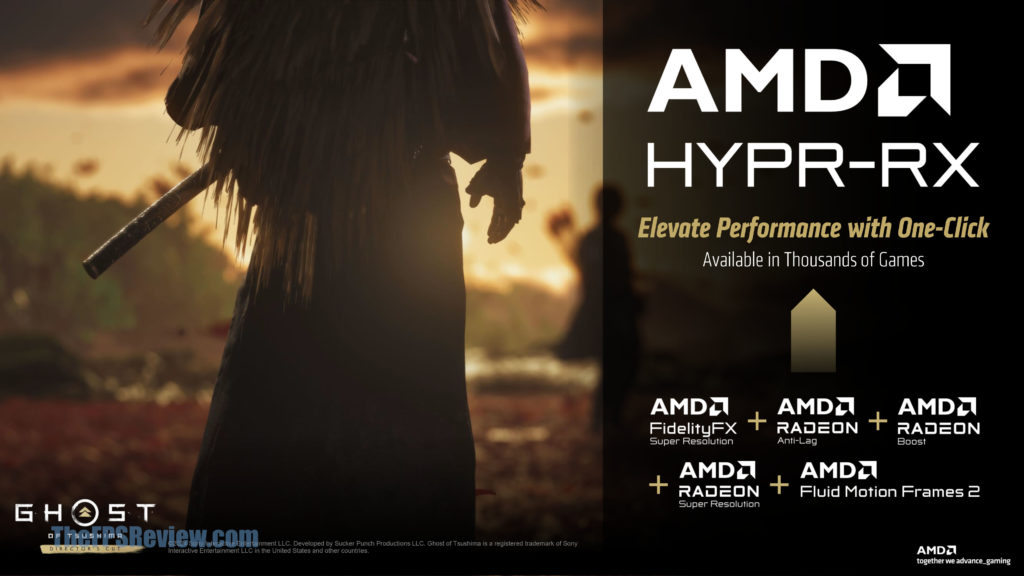
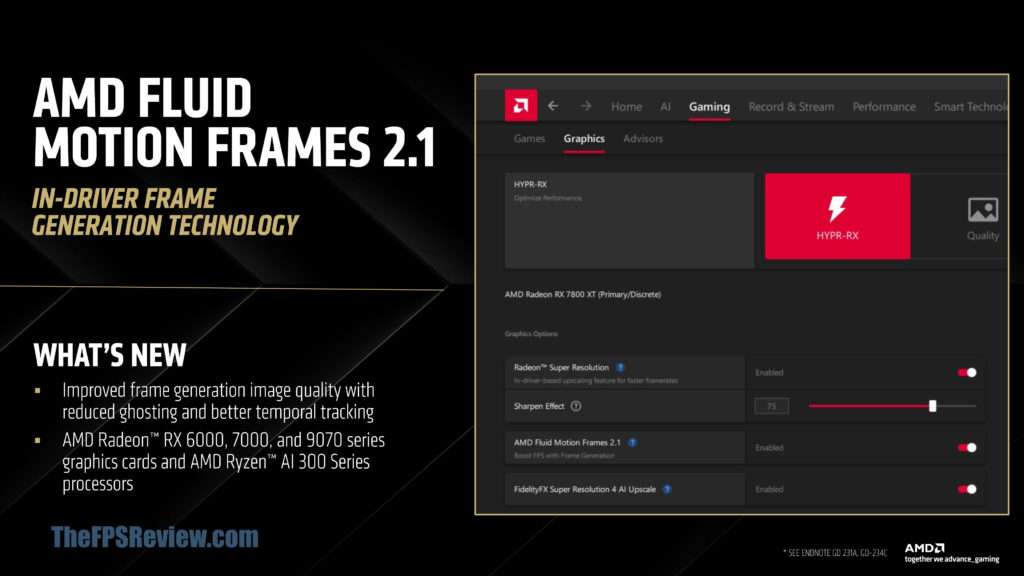
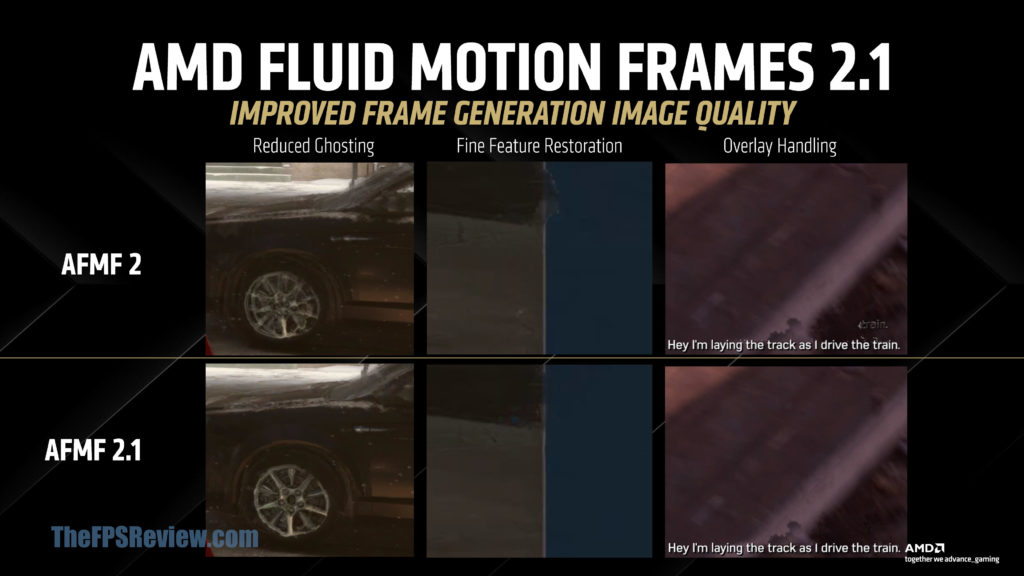
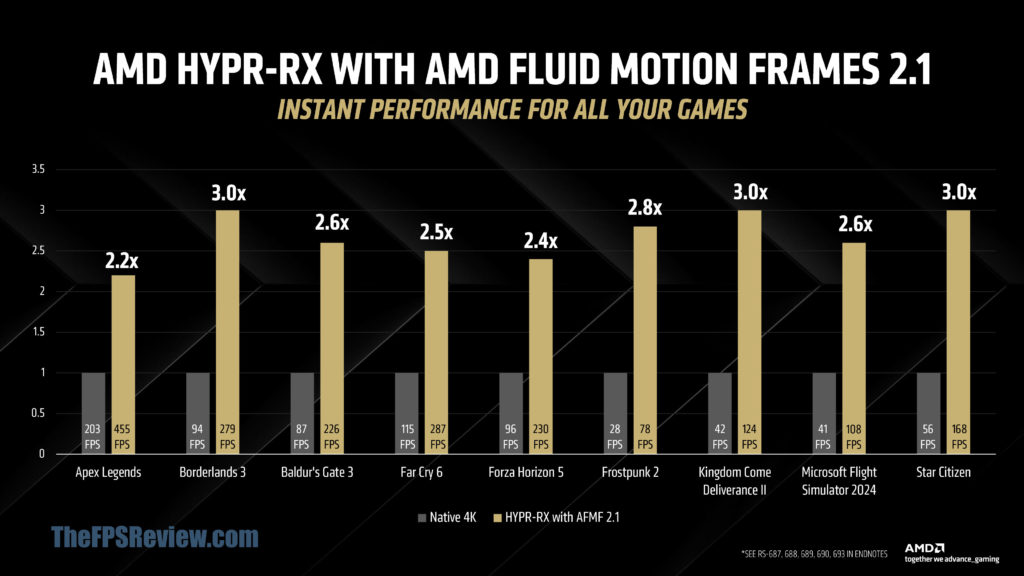
AMD HYPR-RX gets AMD Fluid Motion Frames 2.1 update. Remember, this is in-driver Frame Generation and does not have access to the Vector Motion data provided by the game. AFMF 2.1 improves image quality by reducing ghosting with better temporal tracking. Importantly, this update is spread across all Radeon generations as it is an in-driver option.

